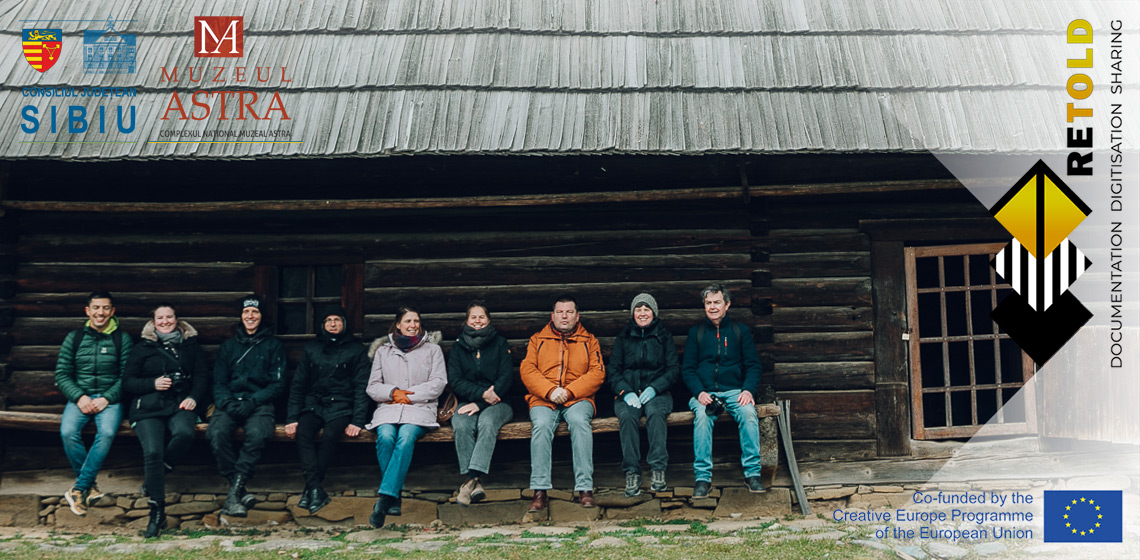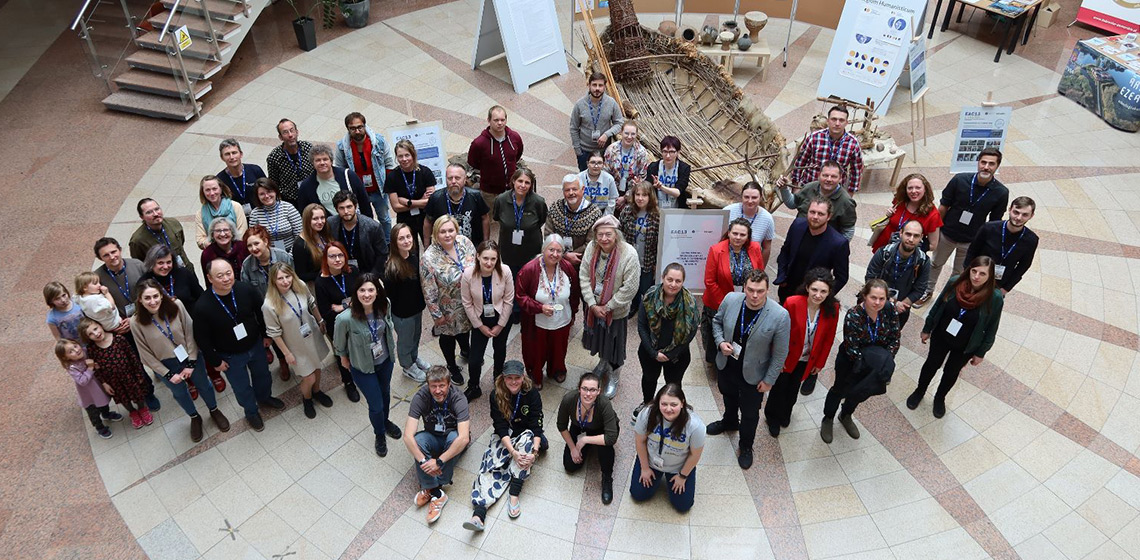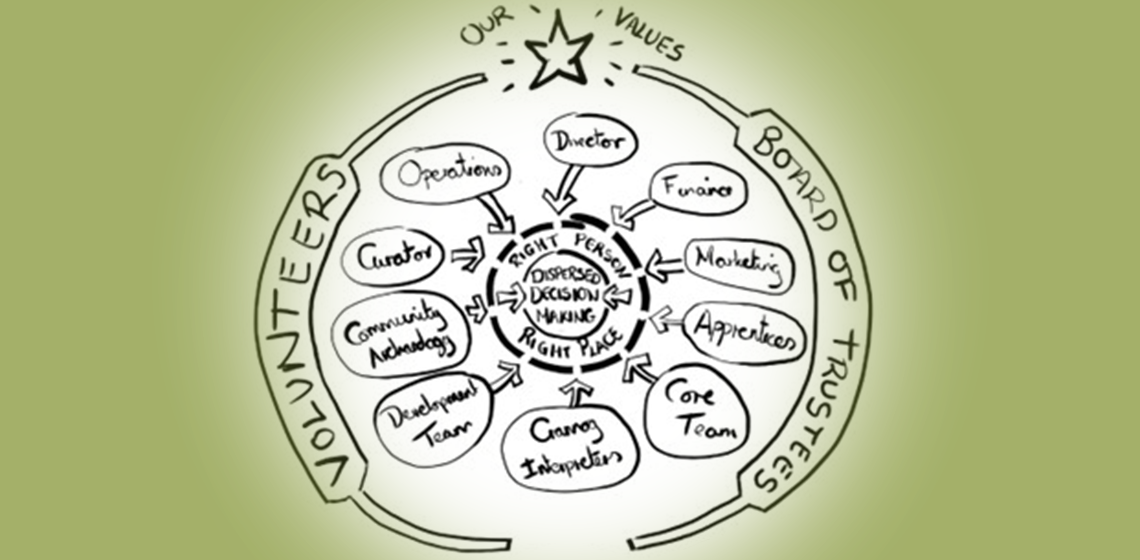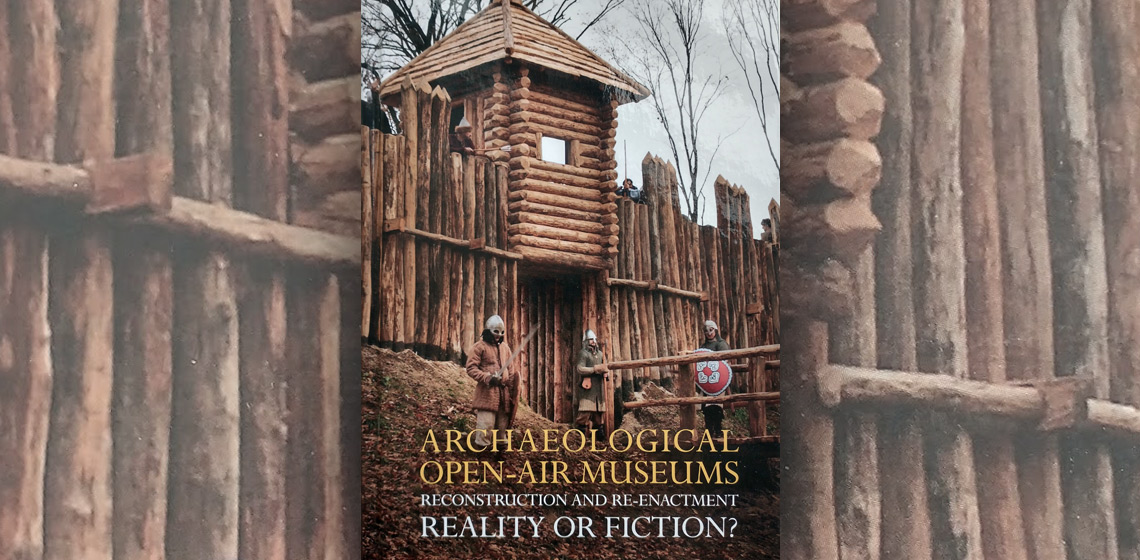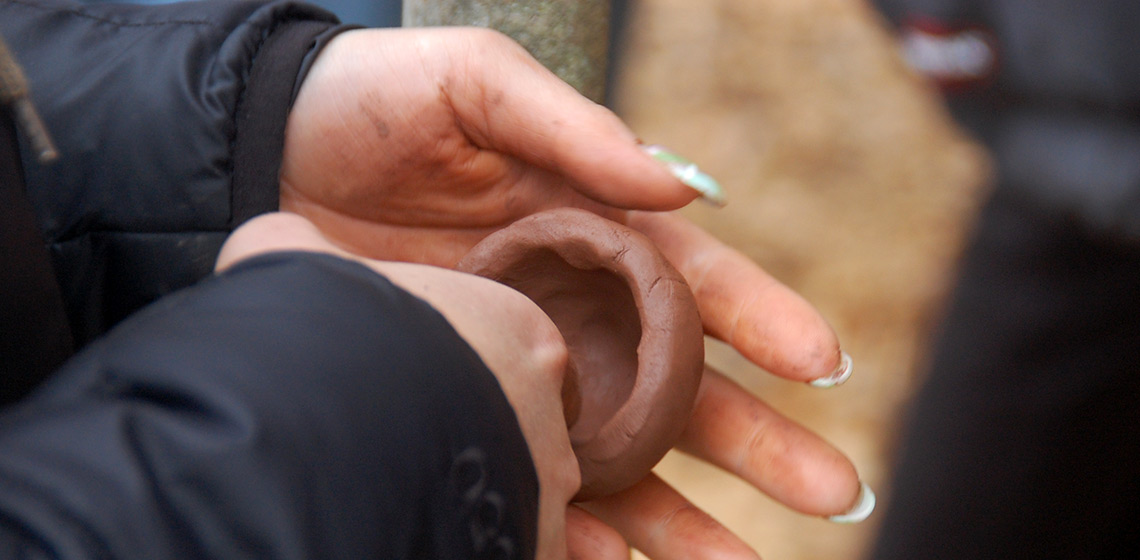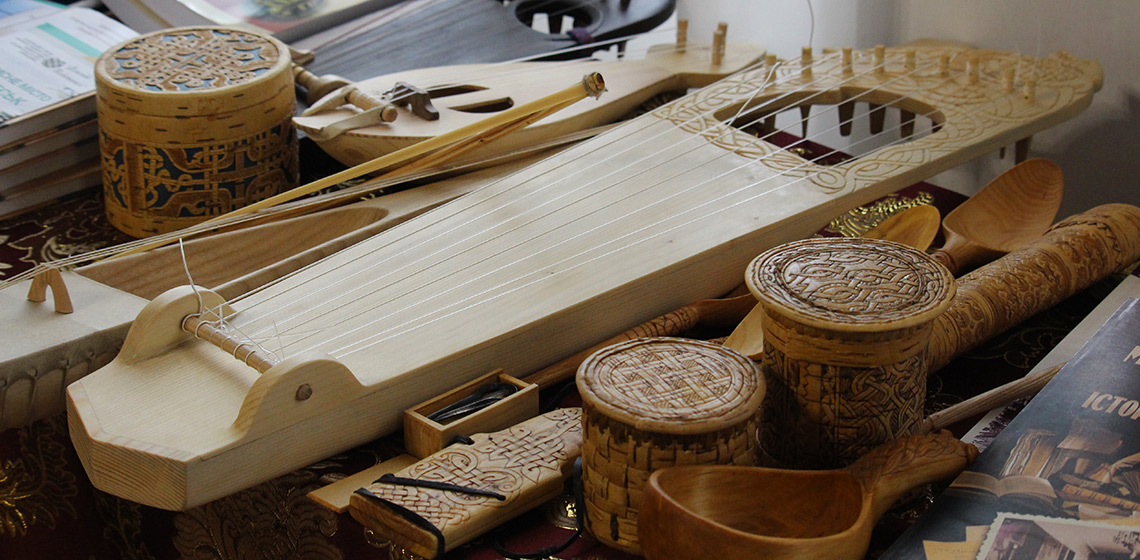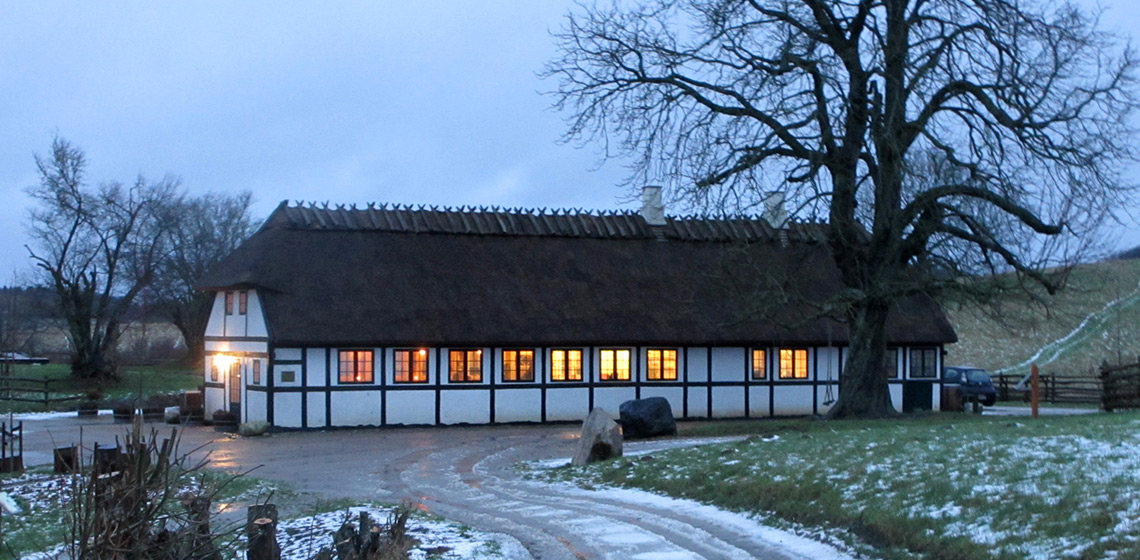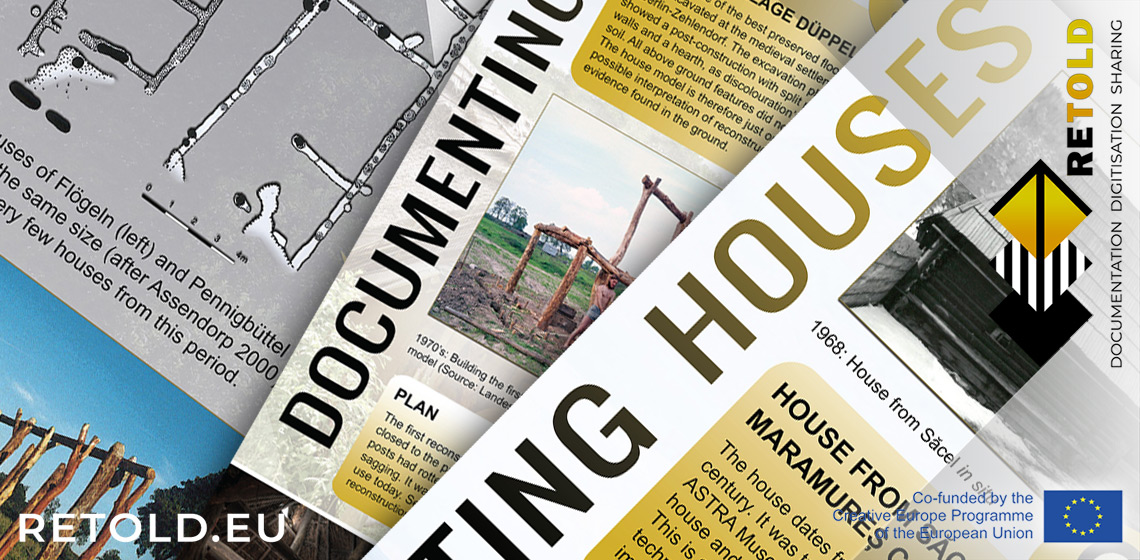Newest Era
RETOLD: Review of the Meeting at ASTRA, Sibiu, March 2023
Publication Date
At the end of March 2023 the second face-to-face meeting of the partners from the RETOLD Project was organised in Sibiu. The host was the ASTRA National Museum Complex. The meeting took place in the Open-Air Museum of Dumbrava Sibiului, one of the largest open air museums in Europe that comprises over 400 traditional dwellings...
Conference Review: EAC13, Torun, Poland, May 2023
Publication Date
This year EXARC/EAC held its first fully hybrid conference at Nikolaus Copernicus University in Toruń, Poland on 1-3 May. Using the experience and technology from the EAC World Tour, the previous conference in 2021, EXARC was able to include international speakers who would otherwise be unable to participate in the conference.
The Scottish Crannog Centre: Sustainable Thinking through Time and Place
Publication Date
The Scottish Crannog Centre is currently in the process of moving to a new larger site, just across the waters of Loch Tay to the northern shores. On our journey to our new home of Dalerb we took the decision to embrace sustainability in all its forms and consider how we can highlight certain sustainable practices that can be seen in the archaeological record...
Book Review: Reality or Fiction?
Publication Date
In October 2018, a conference took place in Southern Poland. It was attended mainly by people from Poland and Slovakia, but also included several EXARC members from abroad. The conference was titled “Archaeological Open-Air Museums: Reconstruction and Reenactment – Reality or Fiction?” which is also the title of this book which was published in 2022...
The Rearrangement of the Archaeological Museum of Arcevia: Aiming to Improve Accessibility
Publication Date
The Marche region in central Italy hosts quite a number of archaeological museums, containing a wide range of specimens and collections that cover a time span from the Palaeolithic onwards. From Stone Age votive statues to Iron Age weaponry, from Greek and Celtic luxurious jewellery and pottery to unmatched Roman finds; local museums preserve a huge variety of specimens that are of great ...
Pottery at the Scottish Crannog Centre
Publication Date
The Scottish Crannog Centre, an open-air museum on Loch Tay in Highland Perthshire, has been able to do some really meaningful, powerful work over the past 12 months focusing on the power of prehistoric pottery! Supported by the Esmee Fairbairn Collections Fund and the Headley Trustand Art Fund, the project has led to new relationships, a new strategic partner for the organisation and ...
Conference Review: Living History and Experimental Archaeology, Ukraine, March 2023
Publication Date
The time of change, the time of choice came to Ukraine with the beginning of the war. We had to set vectors and priorities in all spheres of life. Science, culture and, in particular, open-air museums were no exception. First of all, we faced the issue of the protection and preservation of museum collections...
A Hall fit for a King; a Meeting fit for All
Publication Date
Denmark has a long tradition in educational activities in reconstructed environments. Lejre, Sjælland is one of the oldest examples, but by now the country has over 25 smaller and larger education centres where school children learn about the archaeological past. A number of these sites are also open to the public. You will be able to find most of them via https://exarc.net/venues.
RETOLD: Documenting Houses, Sharing the Story with the Visitors
Publication Date
Open-air museums host much cultural heritage data. You can find them in archival records, photos, video, and the minds of people. These data are at risk of being lost. This is where RETOLD comes in, a European Project (Creative Europe Program) with six partners working together on a solution.
Conference Review: Europeana “Making Digital Culture Count” 2022
Publication Date
The Europeana 2022 conference on the theme “Making Digital Culture Count” was held 28-30 September 2022 in the Hague (NL) and online. The three day conference was filled with presentations and lively discussions on current initiatives, planned projects, and contemplating the future direction for Europeana and those using or contributing to it...

